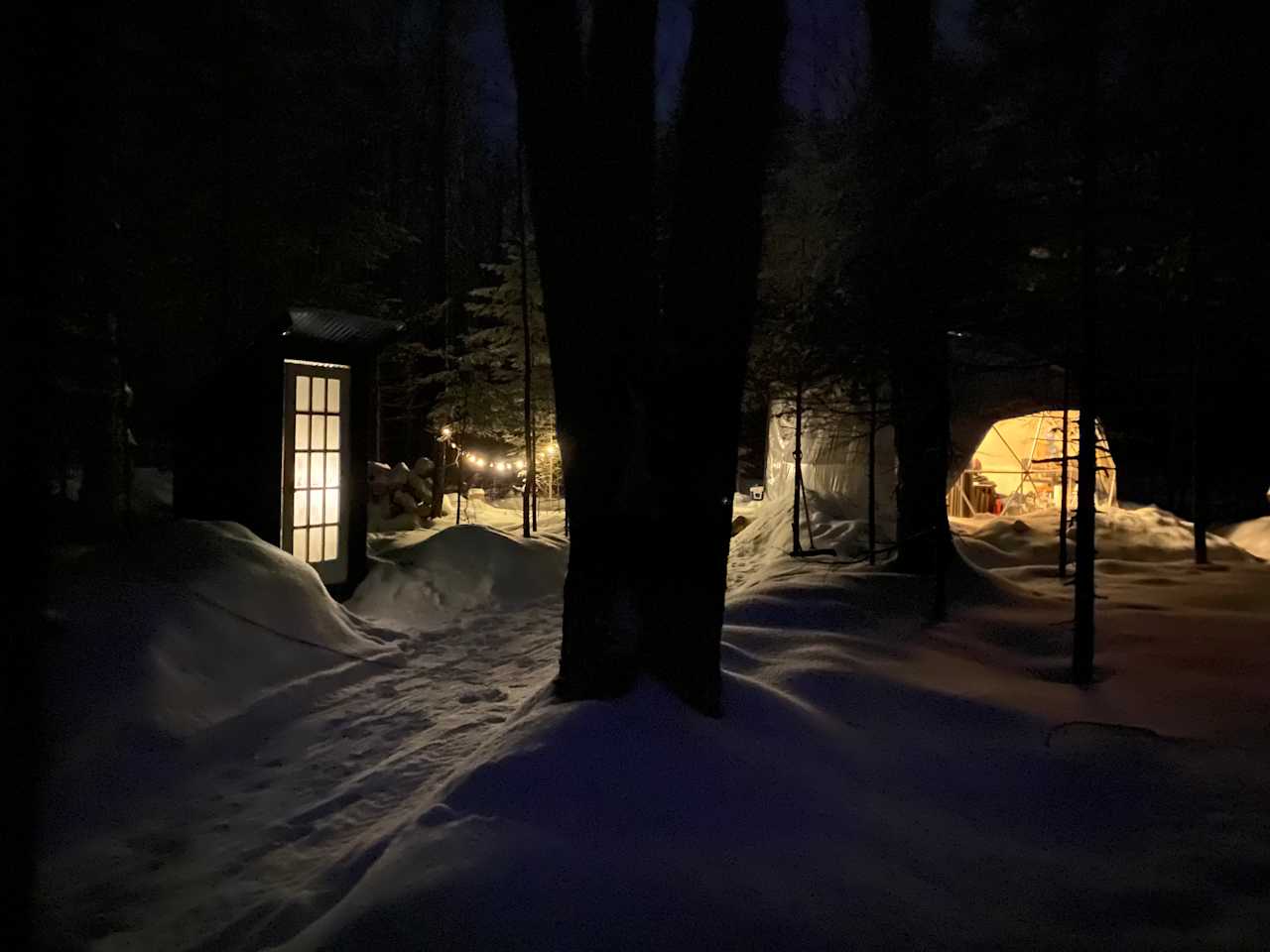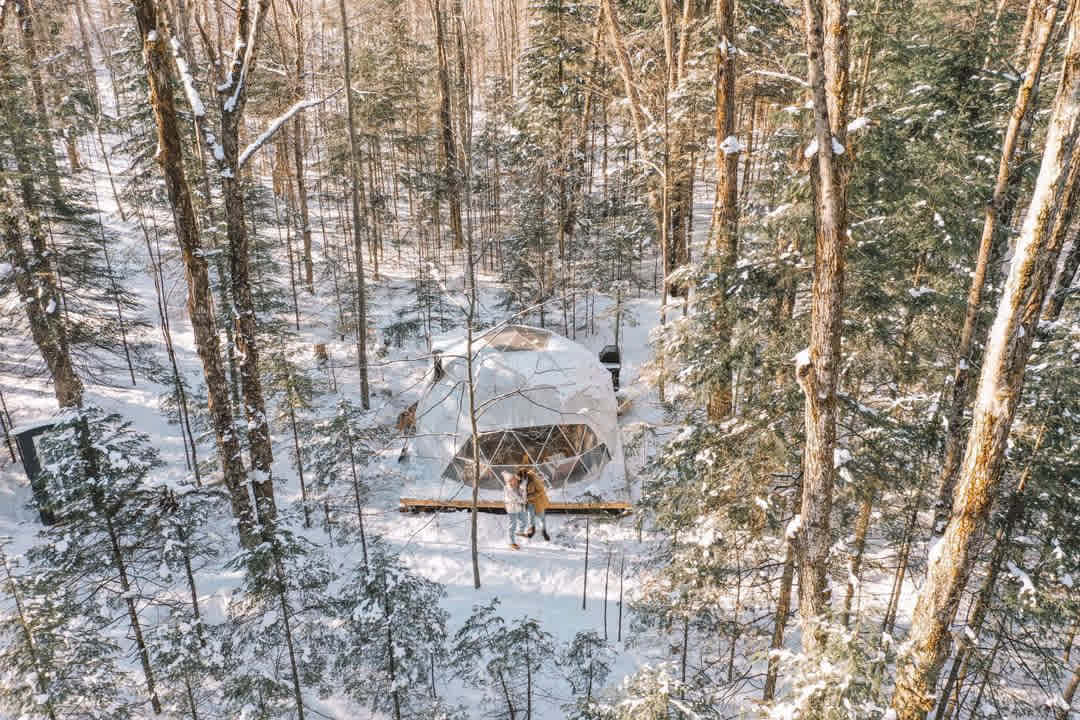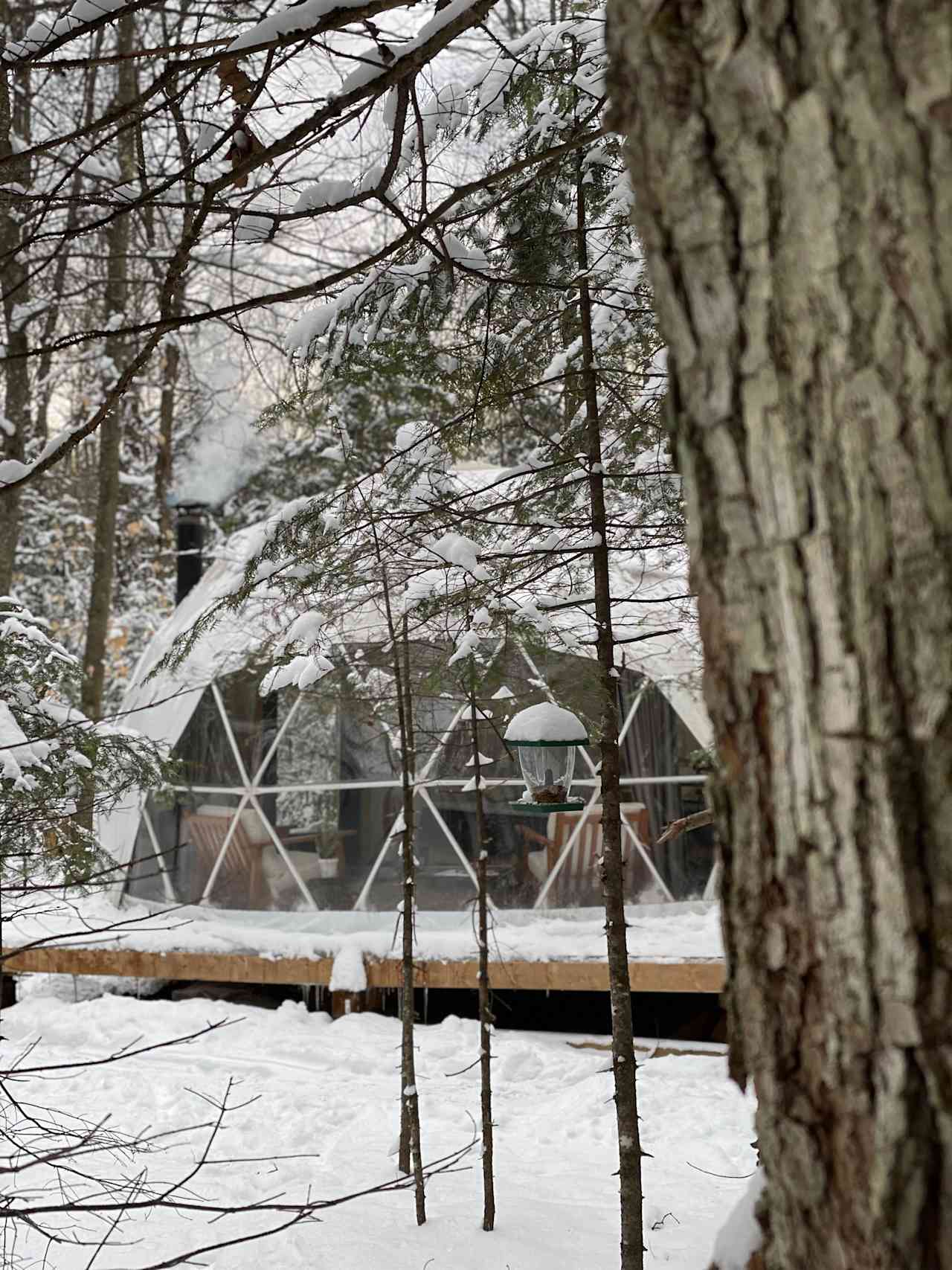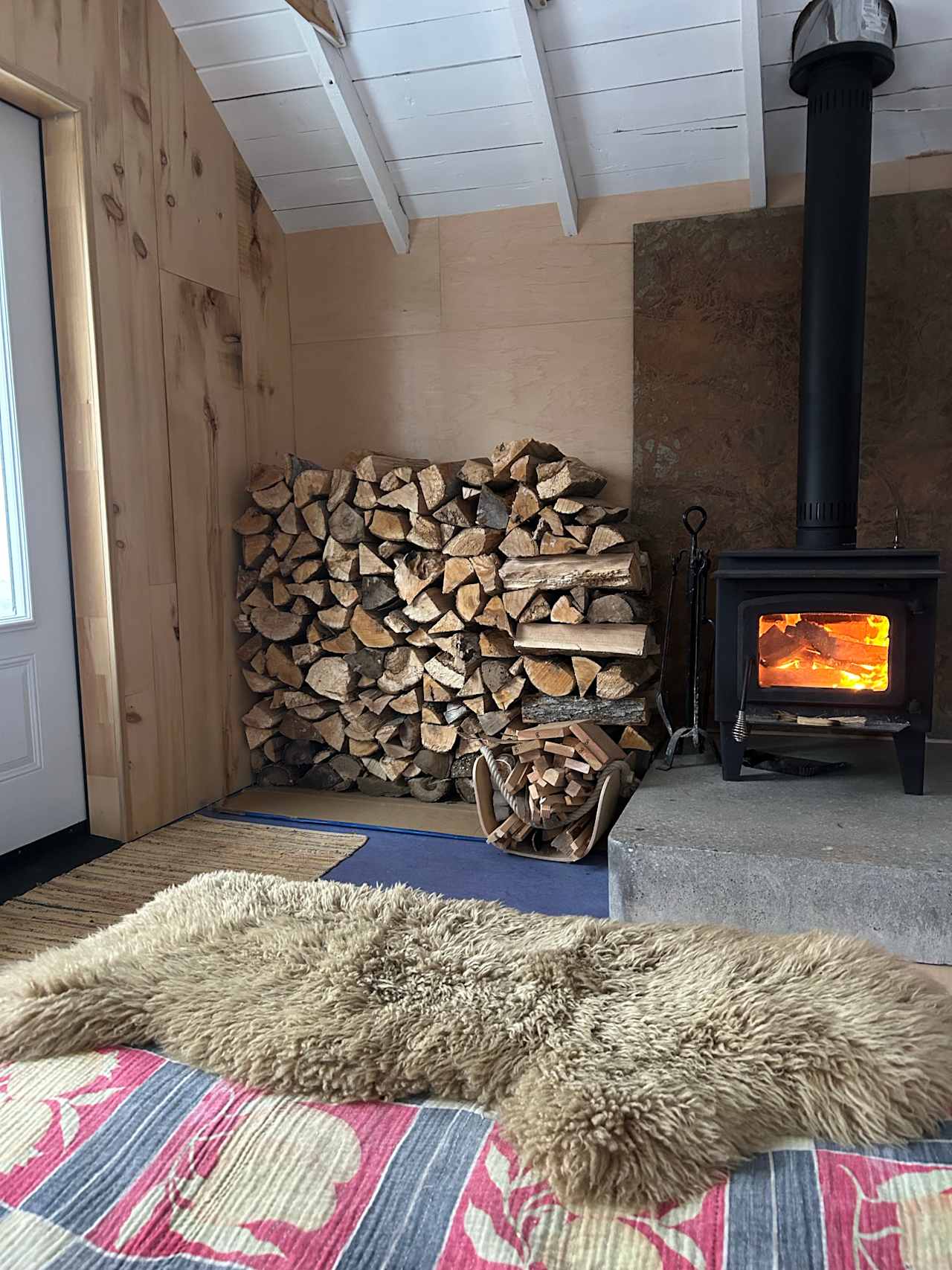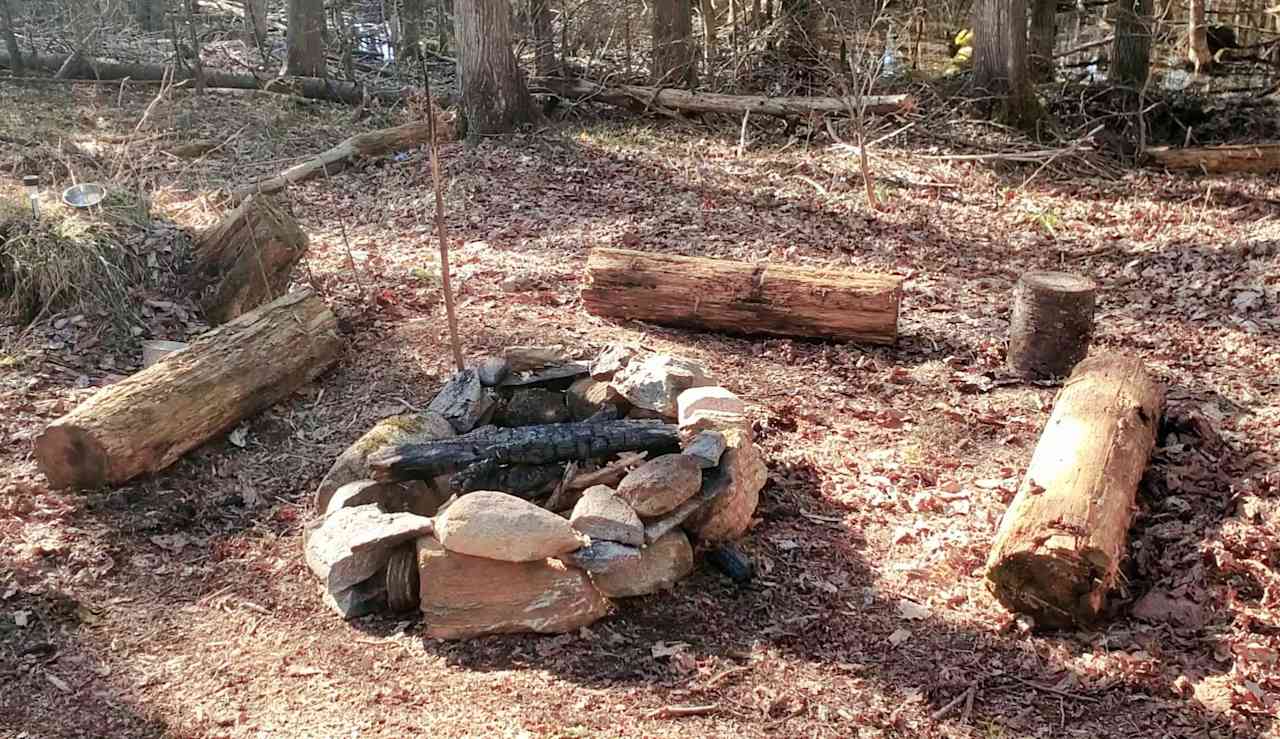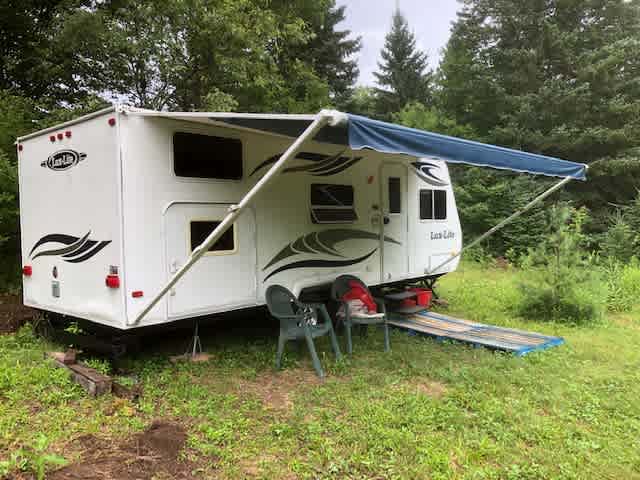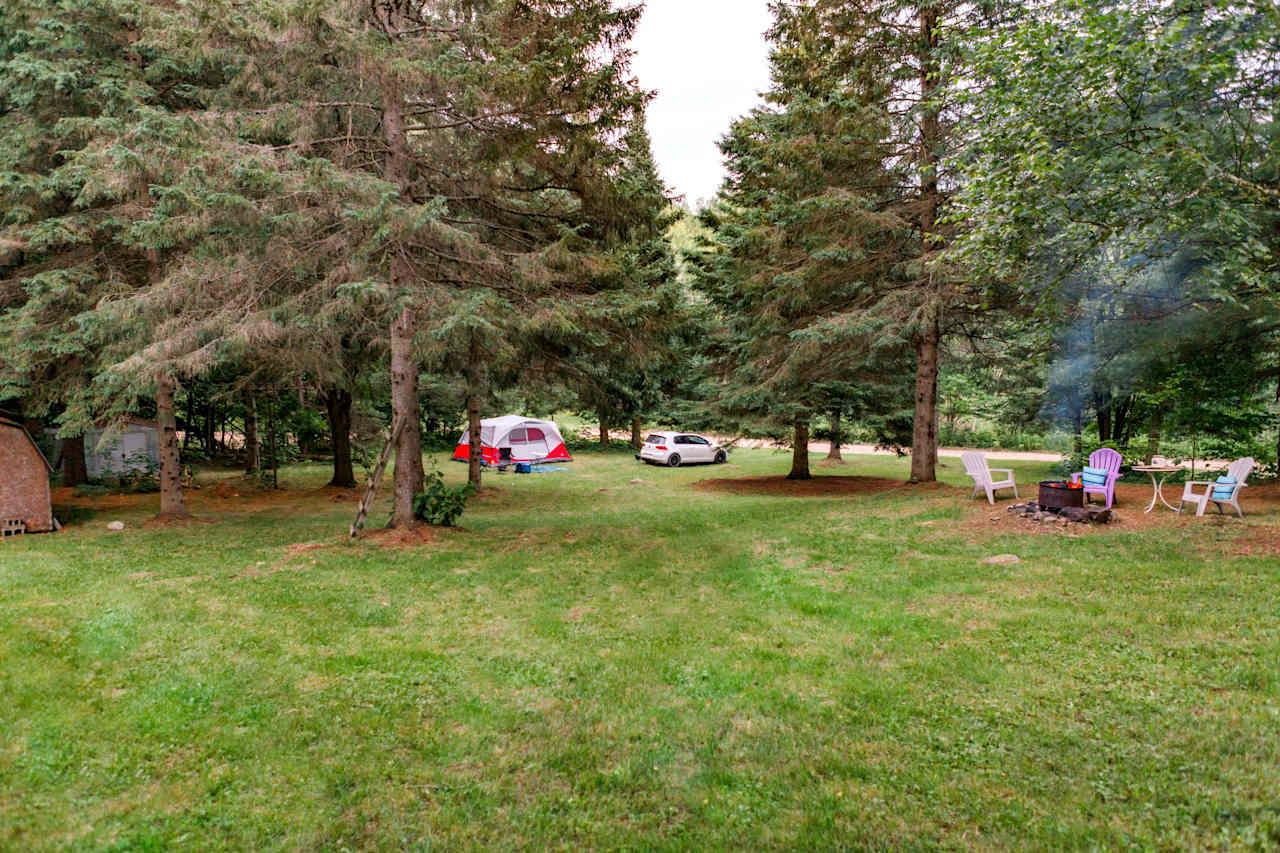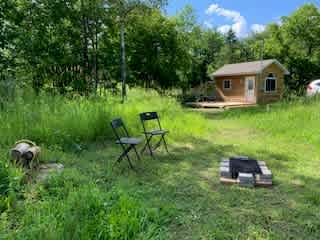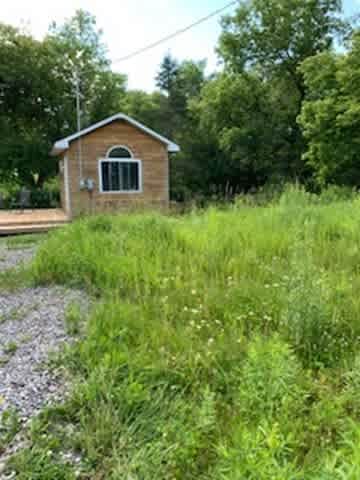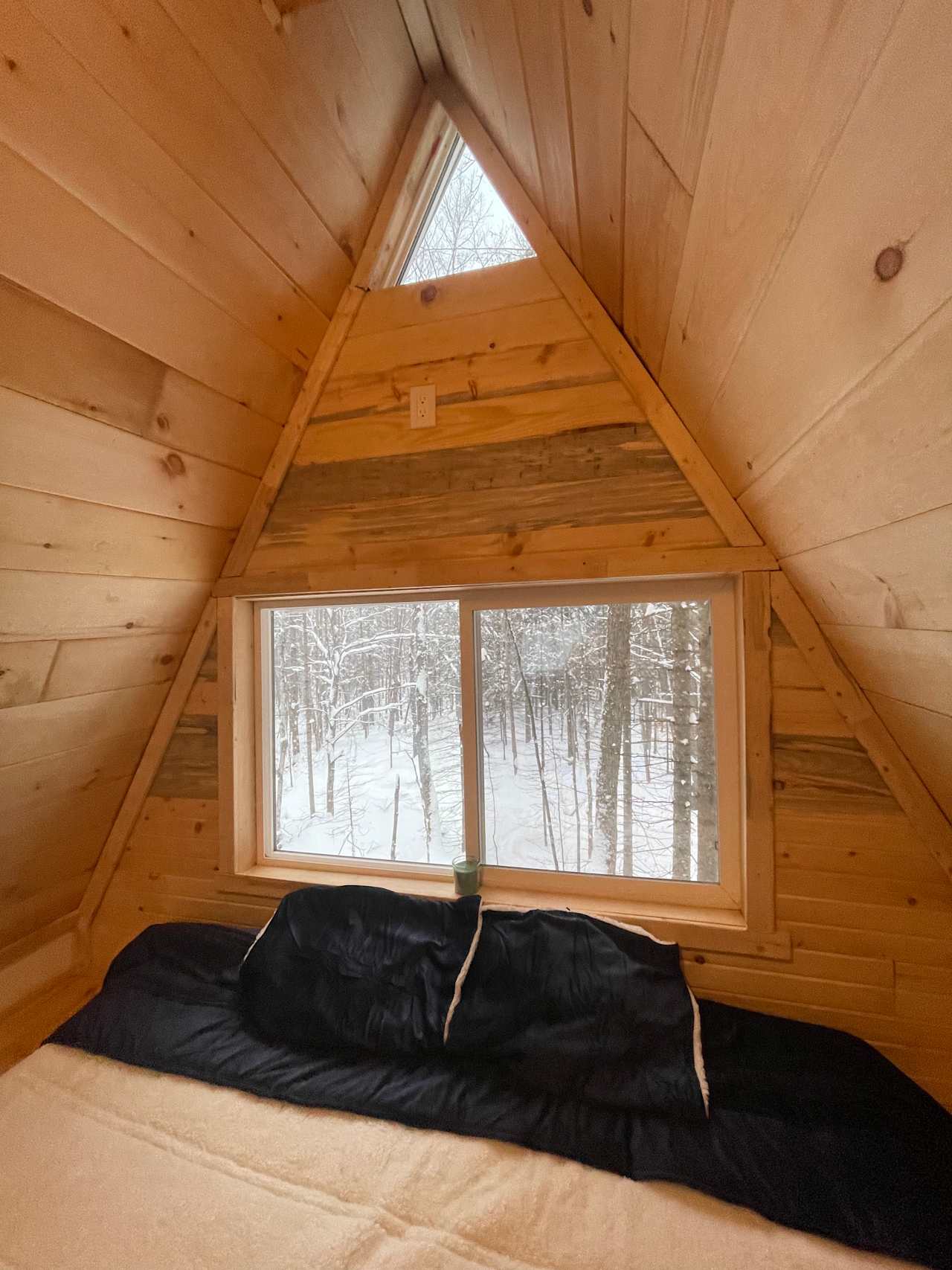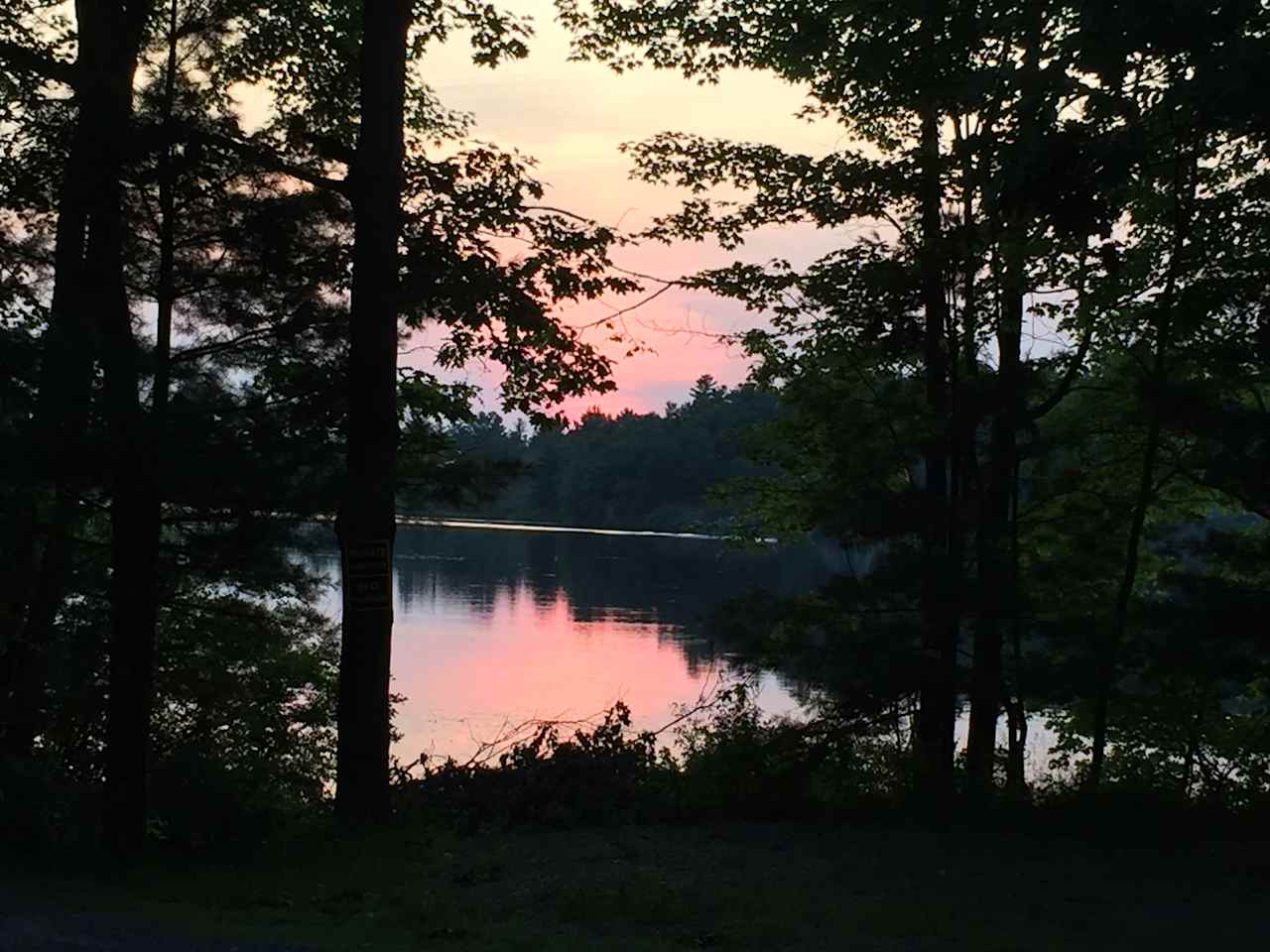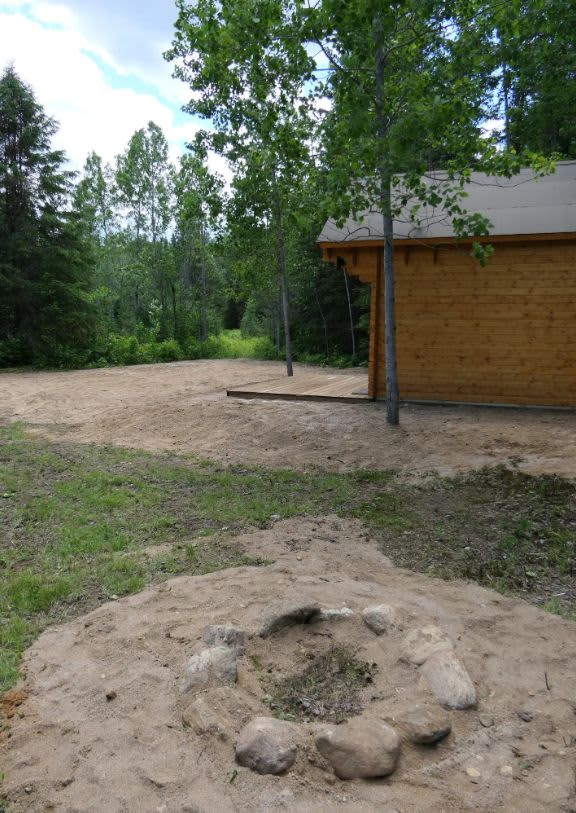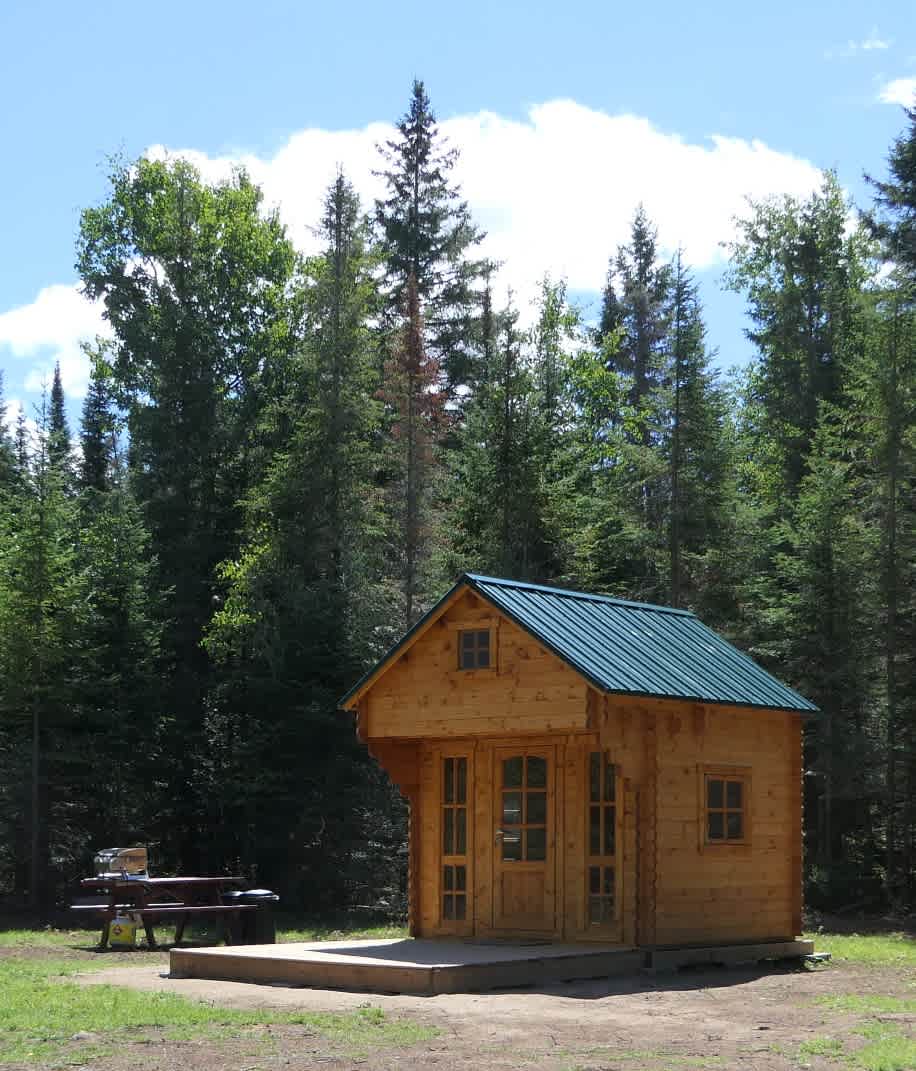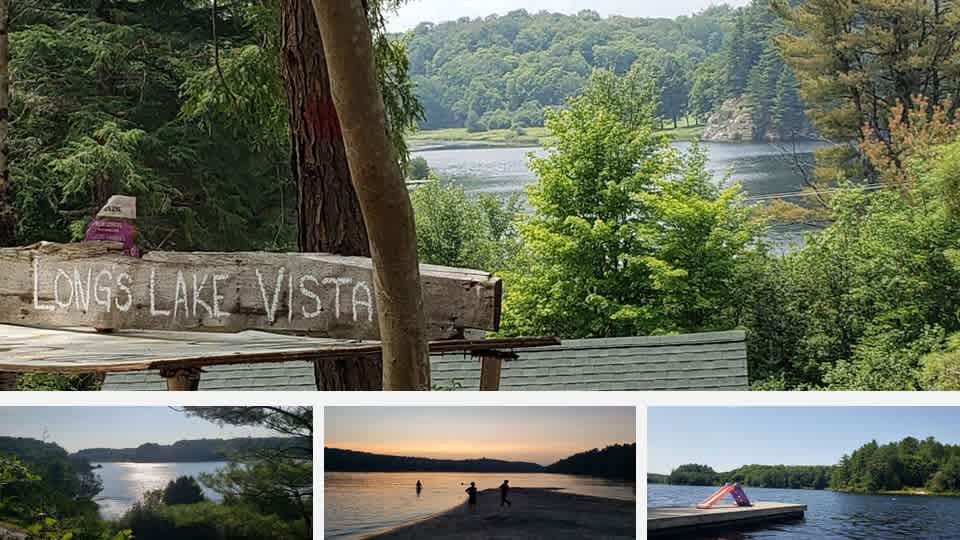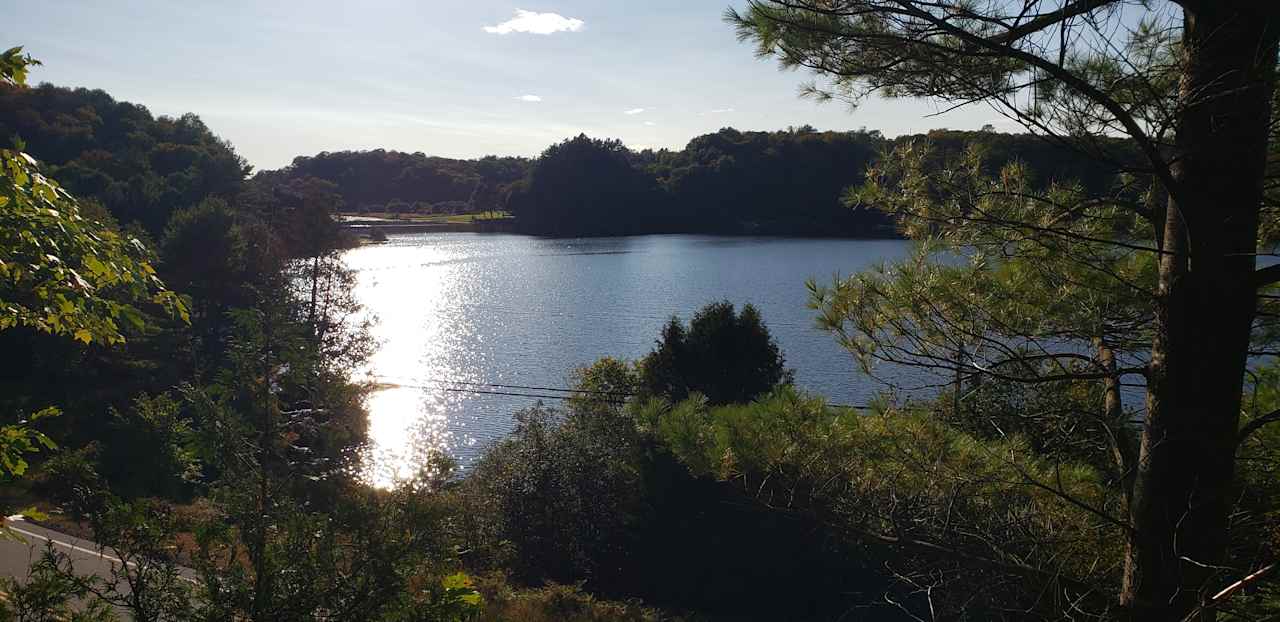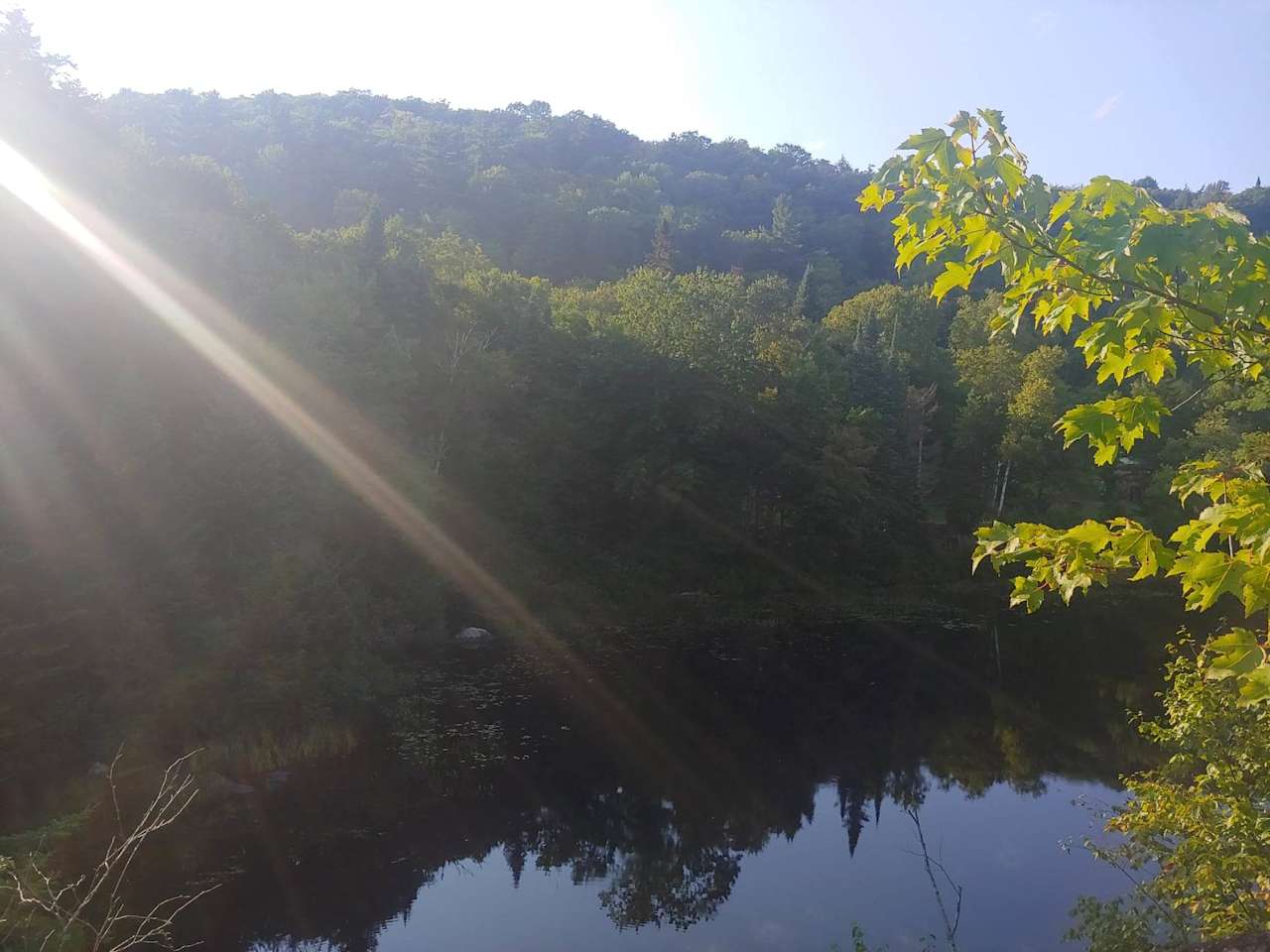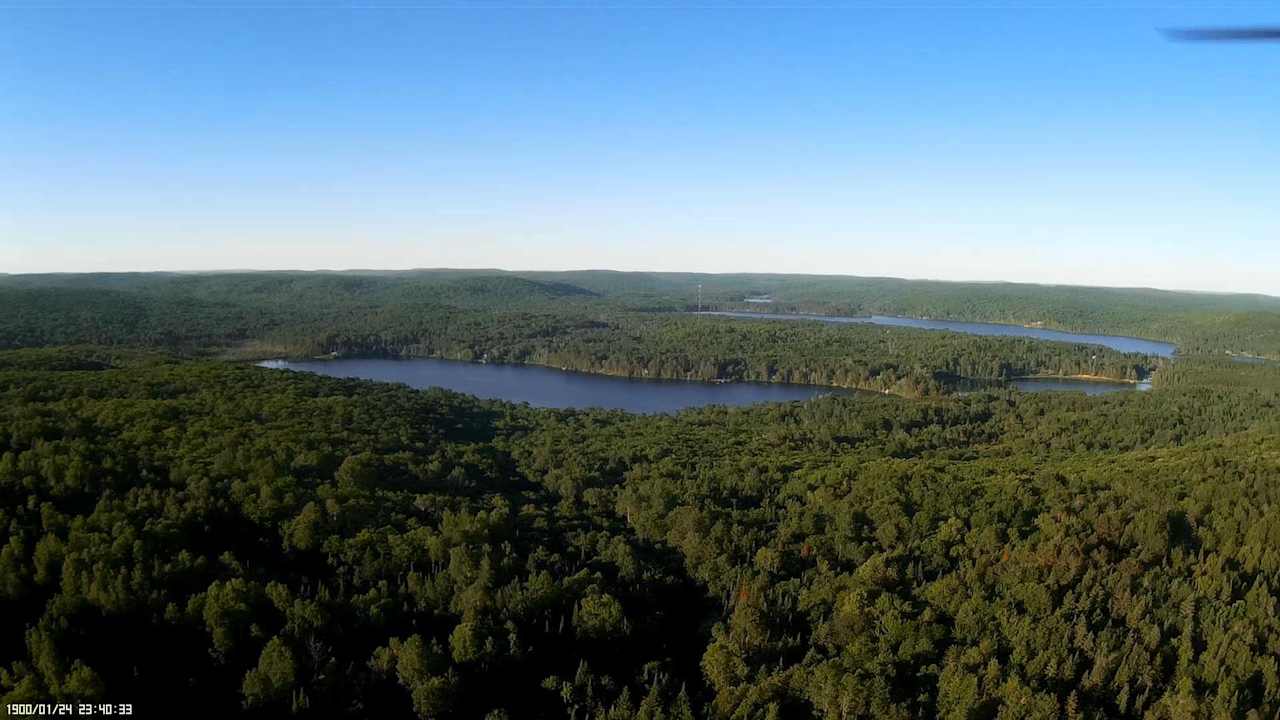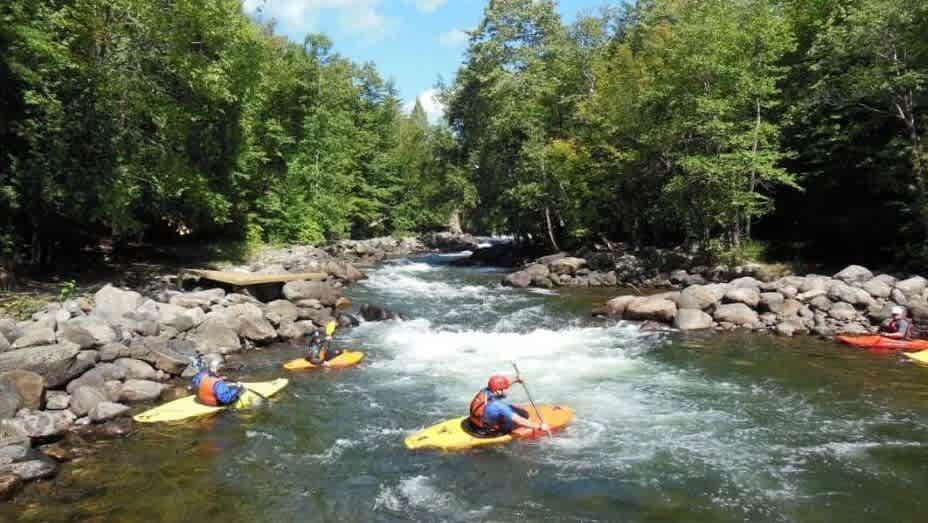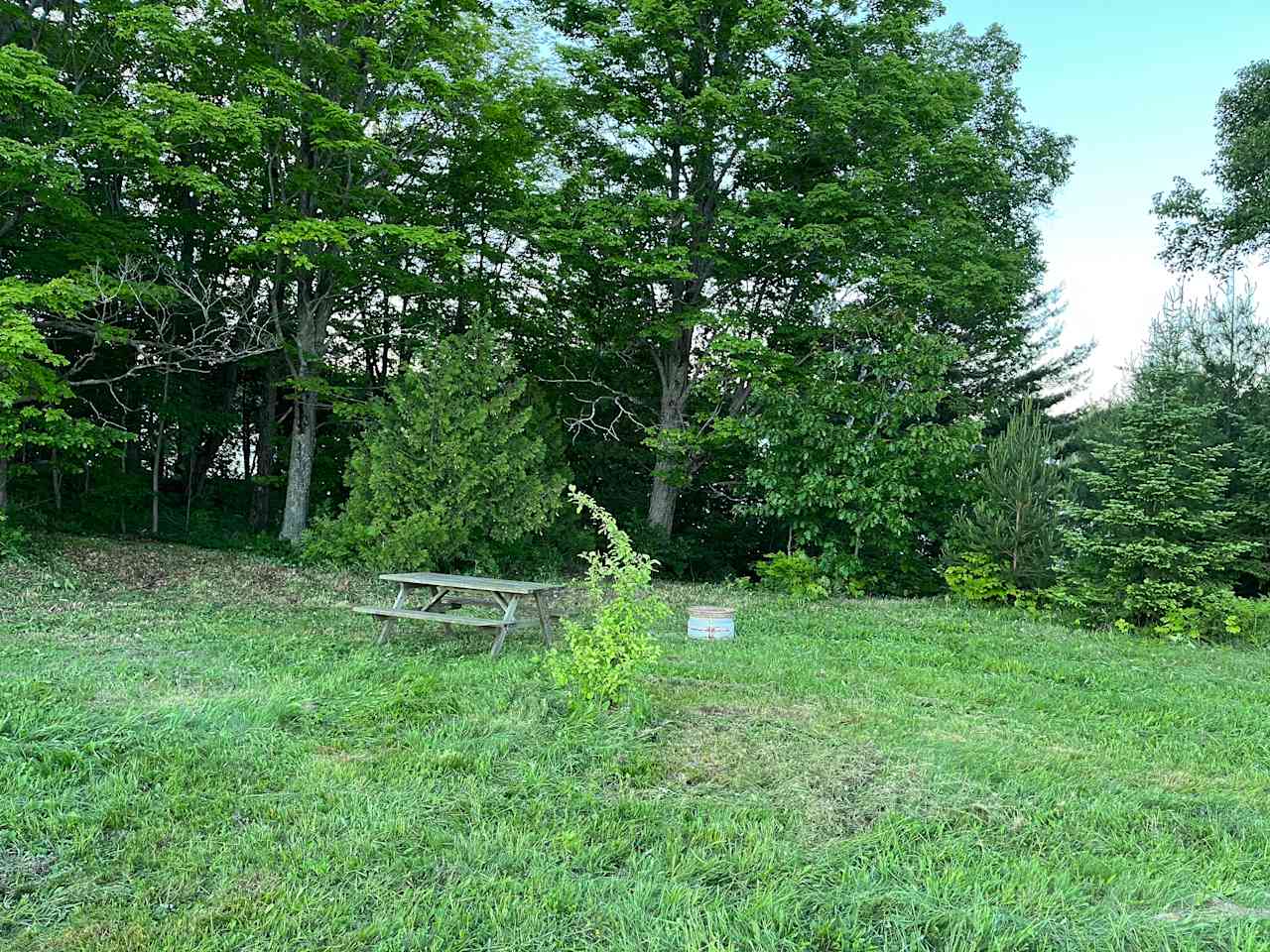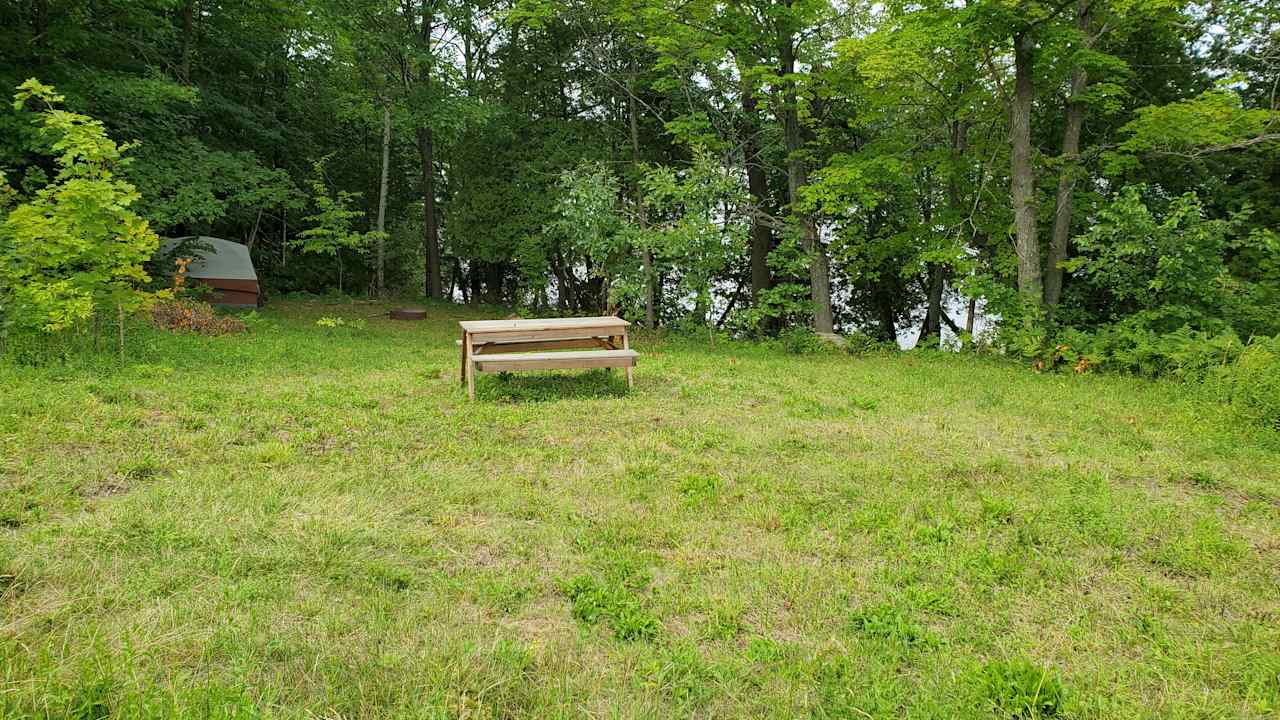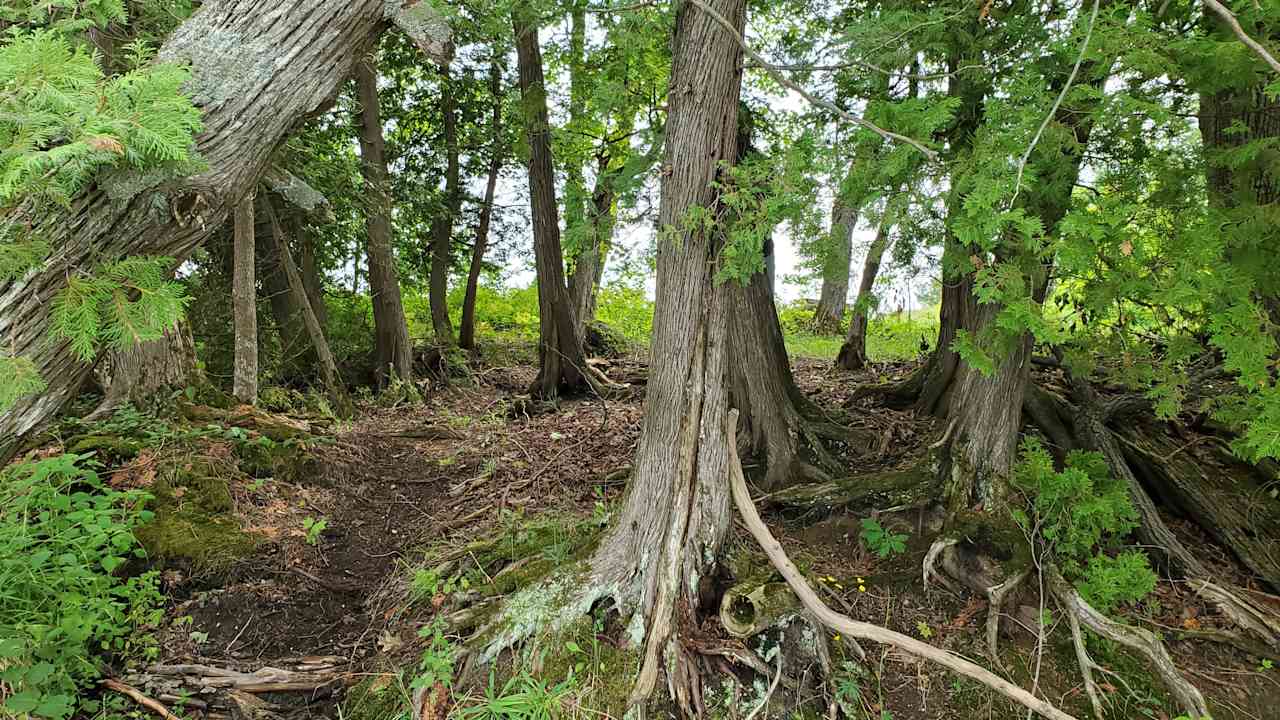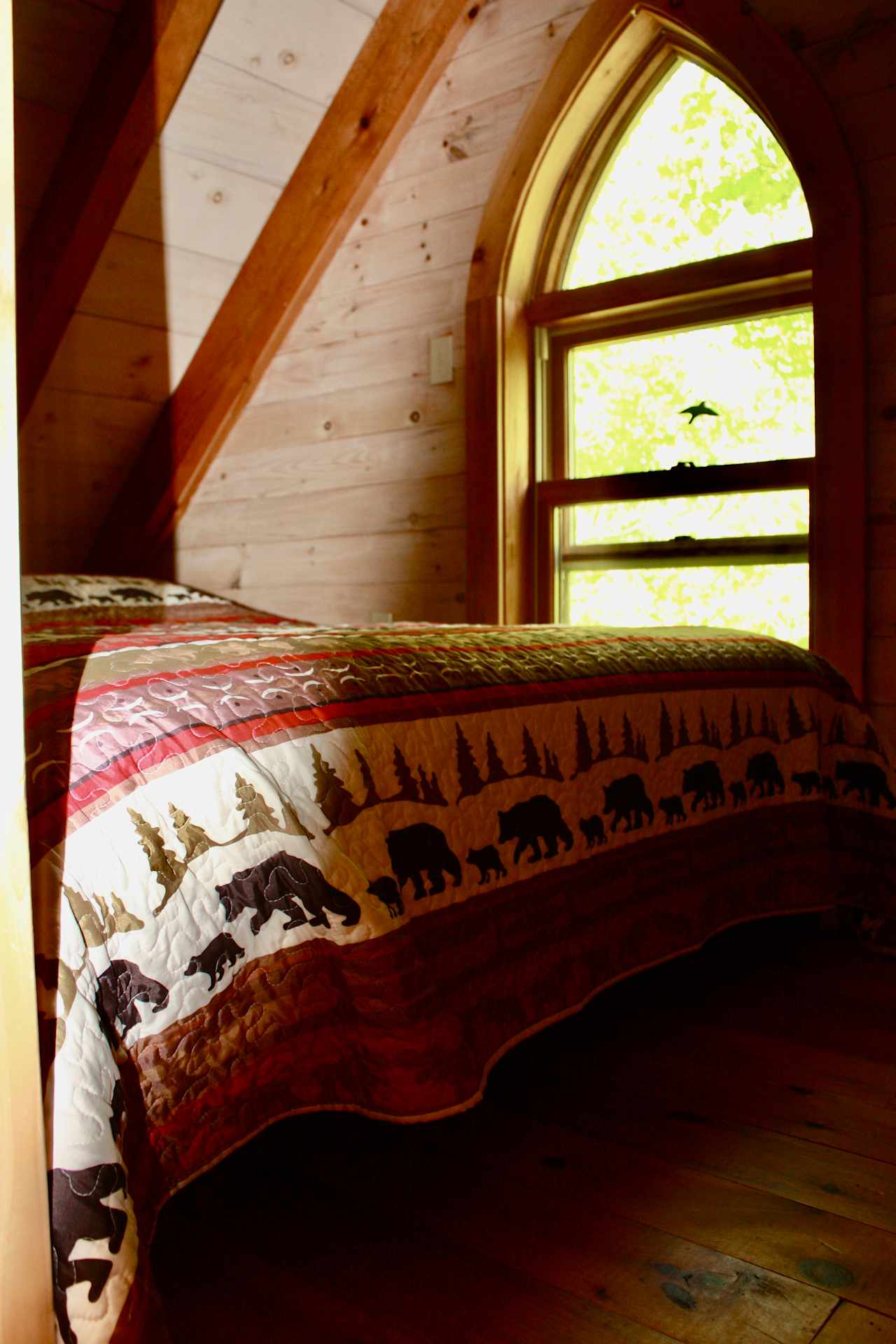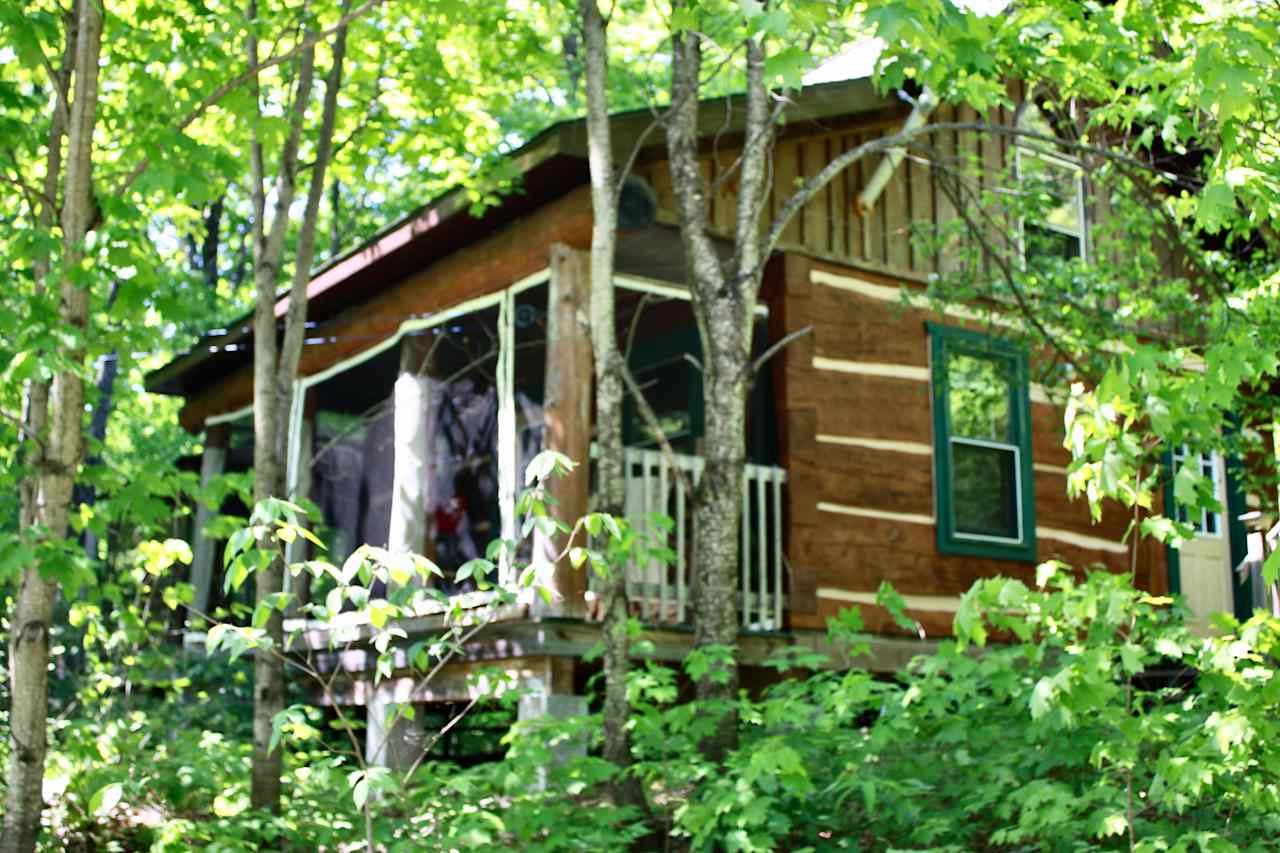Forest camping near Haliburton with fishing
Seaside hikes, lakeshore portages, and hiking await campers in aquatic Haliburton.
Popular camping styles for Haliburton
Dog-friendly getaways
Available this weekend
12 top forest campgrounds near Haliburton with fishing
Under $50
Star Hosts in Haliburton


Forest camping near Haliburton with fishing guide
Overview
From lakeside beaches to boreal forest trails and peaceful canoe routes to thrilling dogsled treks, Haliburton offers outdoor activities for all. Set on the Canadian Shield (an exposed part of Earth’s continental crust), the County of Haliburton is a treasure trove of ecology and natural exploration. With more than 200 lakes, countless streams and rivers, and thousands of acres of undisturbed forest and grassland, camp year-round near Haliburton in every type of site, from RV campsites to open-sky campgrounds.
Where to go
Algonquin Provincial Park
Algonquin Provincial Park is just north of Haliburton and uniquely comprises both deciduous forest and coniferous forest. Hikers have the chance to encounter moose, deer, black bears, and wolves. The park offers backcountry hiking, canoe routes, cross country skiing trails, and even dog sledding in winter. Campers are close to local campsites near the water or luxurious dome tents among the trees.
Barnum Creek Nature Reserve
Spanning more than 600 acres of land, Barnum Creek Nature Reserve includes three short hiking trails for all levels, as well as locations for snowshoeing, cycling, and birdwatching, Barnum Creek is a collection of ecosystems with biomes ranging from hardwood forests of towering maple to marshes and swamps that are home to skinks, turtles, and more. Overnight camping in the park isn’t permitted, but nearby campgrounds include primitive sites and cabins with electricity.
Killbear Provincial Park
Killbear Provincial Park is a bit further from Haliburton on the rocky shores of the picturesque Georgian Bay with 1,760 hectares of sandy beaches, rugged shorelines, and dramatic, windswept conifer trees. The park’s waters are a popular destination for sailing, windsurfing, canoeing, and kayaking, and the perimeter trail is a great way to explore the park on foot or by bike. Check in at a nearby glampsite, or spend the night at a campground by a Haliburton swimming hole.
When to go
Weather in Haliburton is seasonal, with activities on offer year-round. For winter activities like dog sledding, snowshoeing, or cross country skiing, the colder months are preferred—be prepared for low temperatures (average January lows of -14.7°C) and snow (average January snow depth of 22.4 cm). Spring, summer, and fall are characterized by mild weather and a healthy balance of sun and rain. Summer is black bear season in Ontario—always practice bear safety (e.g. keep food safely stored, educate yourself on how to deal with a bear encounter).
